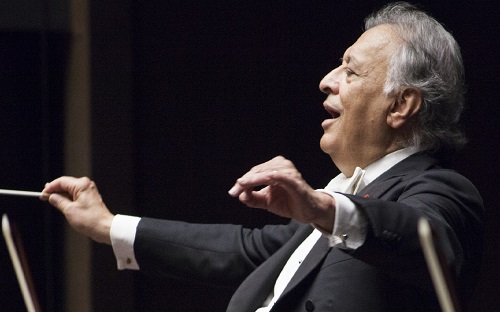Visit Florence
- Art & culture
- Tastings & Cooking Classes
- Florence Outdoor
- Day tours
- Events
- Shopping
- Hotels in Florence
Be.Curious
Destination Florence


What you will find
PLEASE NOTE: Due to the social distancing rules, available places are currently limited. Buy your ticket and book your place on Destination Florence now!
Description
On November 10, 1862, La forza del destino made its debut at the Imperial Theater in St. Petersburg.
The previous year Verdi had been courted for a long time by the direction of the Russian theater, who had convinced him to accept the position, ensuring him an excellent remuneration and the possibility of choosing libretto, librettist and interpreters. At first the maestro had thought of Hugo's Ruy Blas, discarding it shortly afterwards in favor of the Spanish novel Don Alvaro o La forza del destino by Ángel de Saavedra, Duke of Rivas, a drama defined by Verdi as “powerful, singular and vast”. Writing for the Russian public, accustomed to eighteenth-century Italian opera but also to French grand opéra, meant for Verdi to experiment with new dramaturgical solutions. The plot of the work, then, in which several stories are intertwined against a background teeming with characters, lent itself well to the mixture of styles and registers.
The result was a synthesis between aristocratic drama and popular comedy, a characteristic feature of a work that was never fully understood. But that the master cared particularly for it is shown by the care he took in revising it years later for Milan, where it debuted on February 27, 1869. In the Scala version, in addition to the addition of the famous symphony, in which the motif of ineluctable fate appears, Verdi he decided to change the ending. That honor drama that ended with the violent deaths of the three protagonists no longer convinced him. And so, with the collaboration of Antonio Ghislanzoni, who in the meantime took over from Piave, he opted for a Manzoni-style finale, which sees Don Alvaro repent and survive Leonora's death.
Where / Meeting point
Piazzale Vittorio Gui 1 - 50144 Firenze (FI)








 All the services are provided by local merchants
All the services are provided by local merchants By using this site you support Florence
By using this site you support Florence We offer products with high-quality standards
We offer products with high-quality standards You stay sustainable
You stay sustainable It's a 100% trustworthy website
It's a 100% trustworthy website